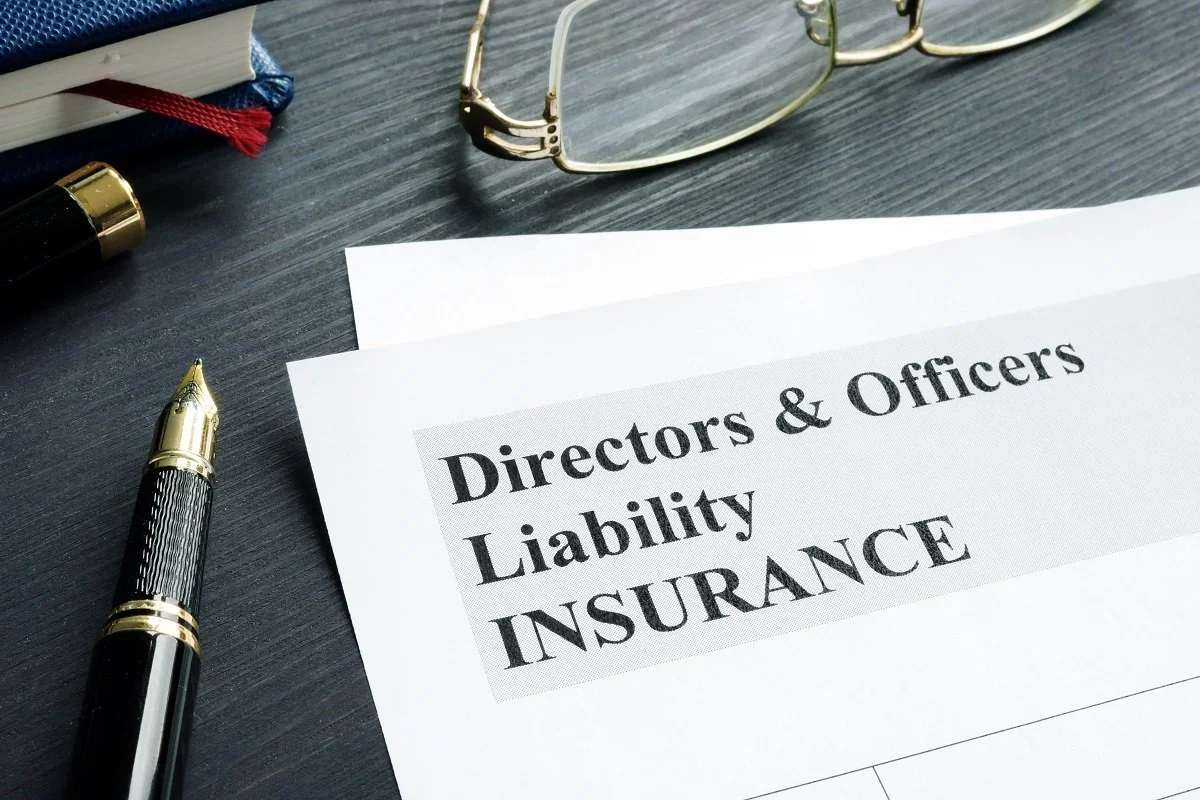
Industry News

Directors & Officers Liability Series: Side A Defense Costs & Settlements
Author, Jack Marrs, Associate Account Executive, Rancho Mesa Insurance Services, Inc.
While an insurance agent must continually stay abreast of industry trends and market conditions, it’s equally important to educate clients on the enforce insurance policies. As a non-profit focused insurance agency, Rancho Mesa is accustomed to having important conversations with clients regarding Directors & Officers Liability insurance (D&O).
Author, Jack Marrs, Associate Account Executive, Rancho Mesa Insurance Services, Inc.
While an insurance agent must continually stay abreast of industry trends and market conditions, it’s equally as important to educate clients on the enforce insurance policies. As a non-profit focused insurance agency, Rancho Mesa is accustomed to having important conversations with clients regarding Directors & Officers Liability Insurance (D&O).
This article is the first installment in a 3-part series explaining the most common insurance agreements in a D&O policy: Side A, Side B, and Side C.
Side A addresses defense costs and settlements.
Why Organizations Have D&O Policies
Most non-profit board members understand they may be held personally liable for financial damages they cause while serving the organization.
This scenario might occur if a director or officer unintentionally misappropriates funds, isn’t transparent about a conflict of interest, or unknowingly violates workplace laws. As such, personal assets can be exposed without a D&O policy in place.
Fortunately, the D&O policy’s Side A insuring agreement addresses this concern and protects the personal assets of the organization’s directors.
Having a D&O policy allows organizations to attract qualified board members who do not want to risk their personal assets in order to serve on the organization’s board.
D&O Policy Coverage
Side A covers the cost of claims not indemnified by the organization.
A claim made against an officer during a bankruptcy is one such example. Without this coverage, the officer will be liable for defense costs.
Fortunately, Side A insuring agreements typically do not have a self-insured retention, which acts similar to a deductible.
Our next installment in this Directors & Officers liability series will address the Side B insuring agreement.
To learn more about D&O insurance or to address your organization’s risk, contact me at (619)486-6569 or jmarrs@ranchomesa.com.
NIAC Reimbursing for Damage to Employees Personal Vehicles
Author, Jack Marrs, Associate Account Executive, Rancho Mesa Insurance Services, Inc.
Many employees of non-profit organizations use their personal vehicles while performing work-related duties. Following an auto accident, the employee’s personal auto insurance will respond to a third party liability claim. Only once those policy limits are exhausted will the organization’s non-owned auto liability coverage respond.
Author, Jack Marrs, Associate Account Executive, Rancho Mesa Insurance Services, Inc.
Many employees of non-profit organizations use their personal vehicles while performing work-related duties. Following an auto accident, the employee’s personal auto insurance will respond to a third party liability claim. Only once those policy limits are exhausted will the organization’s non-owned auto liability coverage respond.
But who is responsible for physical damage to the employee’s vehicle?
Below, we discuss the impact of California Labor Code 2802 and one insurer’s response.
If an employee’s vehicle is damaged while performing work-related duties, the responsibility of the repair cost falls to the other driver or the employee’s auto insurance. An issue arises, however, when a personal auto lines carrier adopts exclusions that eliminate coverage for an employee involved in a business-related activity.
Complicating matters, California Labor Code 2802 states that “an employer must indemnify an employee for all necessary expenditures or losses that the employee incurs in direct consequence of performing work-related duties.” Non-profit leaders must understand the organization’s obligation to reimburse the employee for the cost to repair a personal vehicle.
This unexpected expense can be challenging, especially for smaller organizations with employees driving personal vehicles to help fulfill the mission.
Fortunately, Nonprofit Insurance Alliance of California (NIAC), an insurance risk sharing pool for 501(c)3 organizations, has developed a useful coverage to address this issue. If coverage is elected, NIAC will reimburse the employer’s expense for physical damages to a California-based employee’s personal vehicle. Coverage offers $5,000 per claim with a $25,000 policy aggregate limit, thereby easing the financial burden created by Labor Code 2802.
Understanding these types of coverages and their exclusions are key for non-profit organizations. If you’re unsure how your policy would respond to this scenario, contact me at (619) 486-6569 jmarrs@ranchomesa.com for a policy audit to see if your organization is covered.


